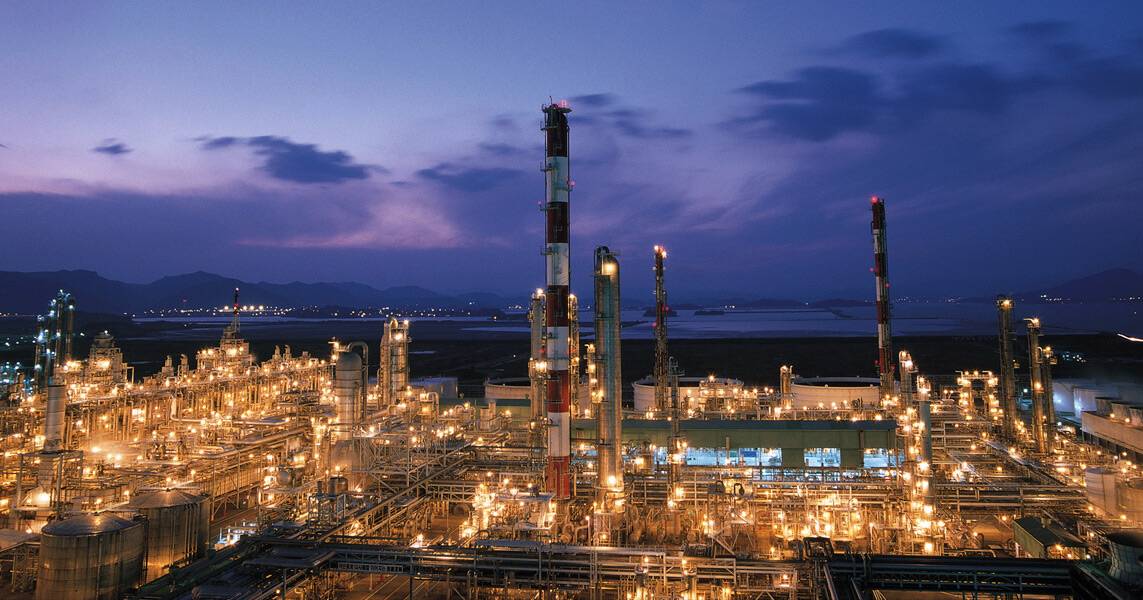Dec . 01, 2024 01:32 Back to list
High-Density Polyethylene Sprinkler Pipe Accessories and Their Applications
HDPE Sprinkler Pipe Fittings A Comprehensive Guide
In the realm of agricultural irrigation and landscape management, the choice of materials and fittings plays a pivotal role in enhancing efficiency and sustainability. High-Density Polyethylene (HDPE) has emerged as a preferred choice for sprinkler pipe systems due to its remarkable properties. This article delves into HDPE sprinkler pipe fittings, exploring their advantages, applications, and installation techniques.
What is HDPE?
HDPE, or High-Density Polyethylene, is a thermoplastic polymer made from petroleum. Its chemical structure gives it a high strength-to-density ratio, making it not only lightweight but also resilient and durable. These properties make HDPE an excellent choice for producing pipes and fittings, particularly in applications that involve fluids and require strong, long-lasting materials.
Advantages of HDPE Sprinkler Pipe Fittings
1. Durability HDPE fittings are resistant to corrosion, chemicals, and UV radiation. Unlike traditional materials such as metal or PVC, HDPE does not rust or degrade over time when exposed to harsh environmental conditions.
2. Flexibility The flexibility of HDPE allows for easier installation and can accommodate ground movement without cracking or breaking. This is particularly beneficial in areas with unstable soil conditions.
3. Lightweight HDPE fittings are significantly lighter than metal alternatives, making them easier to handle and install. The reduced weight can also lower transportation costs.
4. Efficiency HDPE fittings are designed to minimize friction losses, promoting efficient fluid flow through the sprinkler system. This efficiency can lead to lower energy costs associated with pumping water.
5. Recyclability As a recyclable material, HDPE is an eco-friendly option. It can be repurposed for producing new products, reducing waste and environmental impact.
Applications of HDPE Fittings
HDPE sprinkler pipe fittings are widely used in various applications, including
hdpe sprinkler pipe fittings

- Agricultural Irrigation They are commonly used in agricultural settings for crop irrigation, helping to conserve water and optimize plant growth. Proper use of HDPE fittings ensures uniform water distribution.
- Landscape Management In residential and commercial landscaping, HDPE fittings are used in sprinkler systems to maintain healthy lawns and gardens while conserving water resources
.- Industrial Applications Industries that require fluid transport, such as mining, waste management, and hydroponics, also benefit from the robustness and versatility of HDPE fittings.
Installation Techniques
Installing HDPE sprinkler pipe fittings requires specific techniques to ensure a leak-free and efficient system. The following steps outline the process
1. Planning Start by designing the irrigation system layout, determining the placement of pipes and fittings. This will help optimize water distribution and usage.
2. Cutting Pipes Use a pipe cutter or saw to cut the HDPE pipes to the required lengths. Ensure that the cuts are clean and straight for a secure fit.
3. Deburring Smooth out any rough edges on the cut pipe ends with a deburring tool to prevent leaks and ensure a proper seal.
4. Fusion Joining HDPE fittings can be joined using heat fusion techniques, such as butt fusion or socket fusion. This involves heating the ends of the pipes and fittings until they melt, then joining them together to form a strong, seamless bond.
5. Testing After installation, it is crucial to test the system for leaks. Pressurizing the system can help identify any weak points or connections that may require adjustments.
Conclusion
HDPE sprinkler pipe fittings offer a host of advantages, making them an ideal choice for irrigation and fluid transport applications. Their durability, efficiency, and eco-friendliness provide significant benefits in both agricultural and landscaping contexts. By understanding the benefits and installation techniques of HDPE fittings, users can make informed decisions that enhance the performance and sustainability of their irrigation systems. As the demand for efficient water management practices continues to grow, HDPE fittings will undoubtedly remain at the forefront of innovative solutions in this field.
-
High-Quality PPR Pipes and Fittings Durable ERA PPR & PVC PPR Solutions
NewsJul.08,2025
-
Black HDPE Cutting Board - Durable, Non-Porous & Food Safe HDPE Plastic Cutting Board
NewsJul.08,2025
-
High-Quality CPVC Panel Durable HDPE & PVC Panels Supplier
NewsJul.08,2025
-
Double PE Welding Rod Supplier - High Strength, Durable & Versatile Welding Solutions
NewsJul.07,2025
-
High-Quality PVC-O Pipe Supplier Durable 75mm PVC Pipe & Connections Leading PVC Pipe Company
NewsJul.07,2025
-
HDPE Drainage Pipe Supplier – Durable & Corrosion-Resistant Solutions
NewsJul.06,2025

